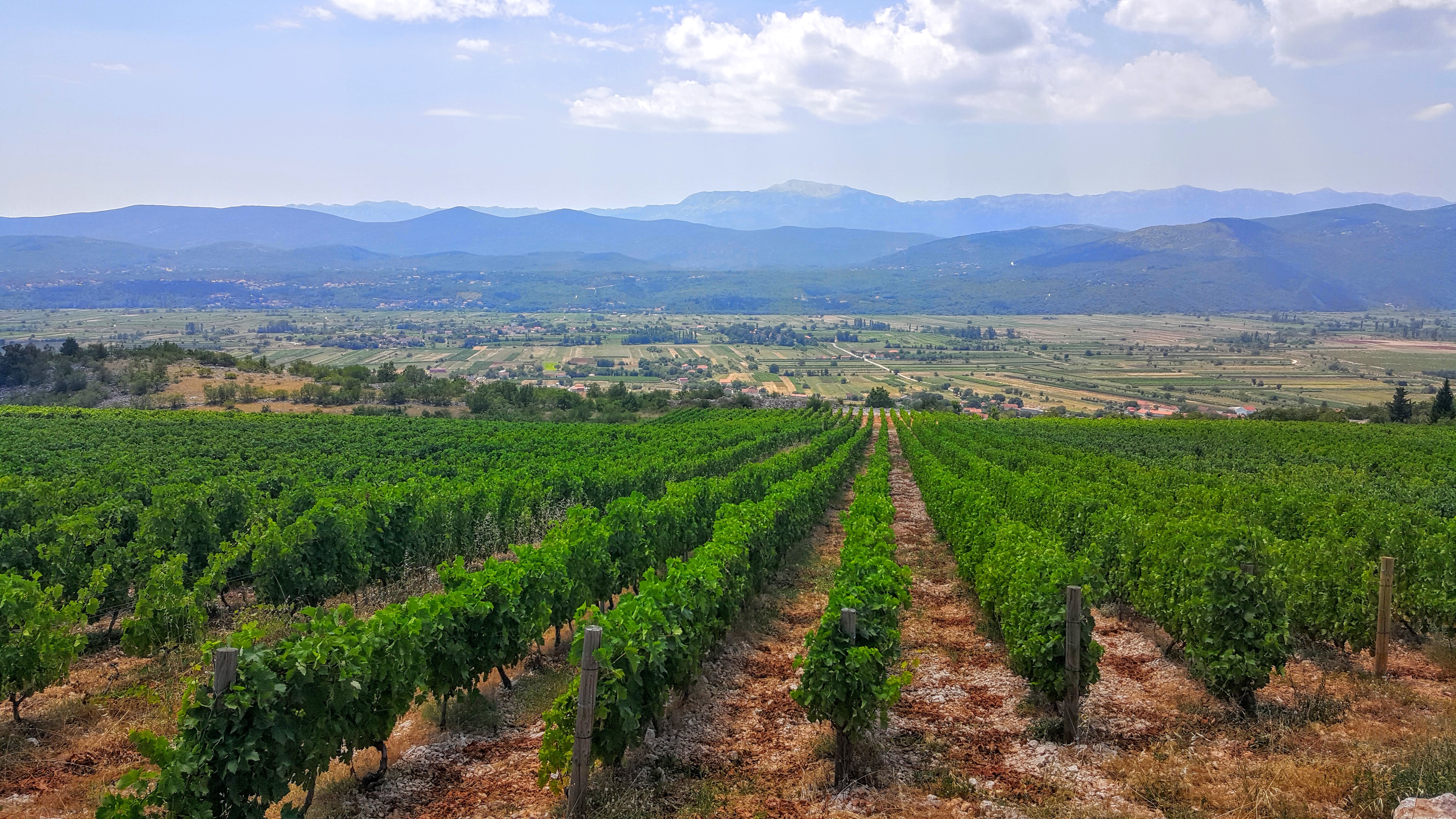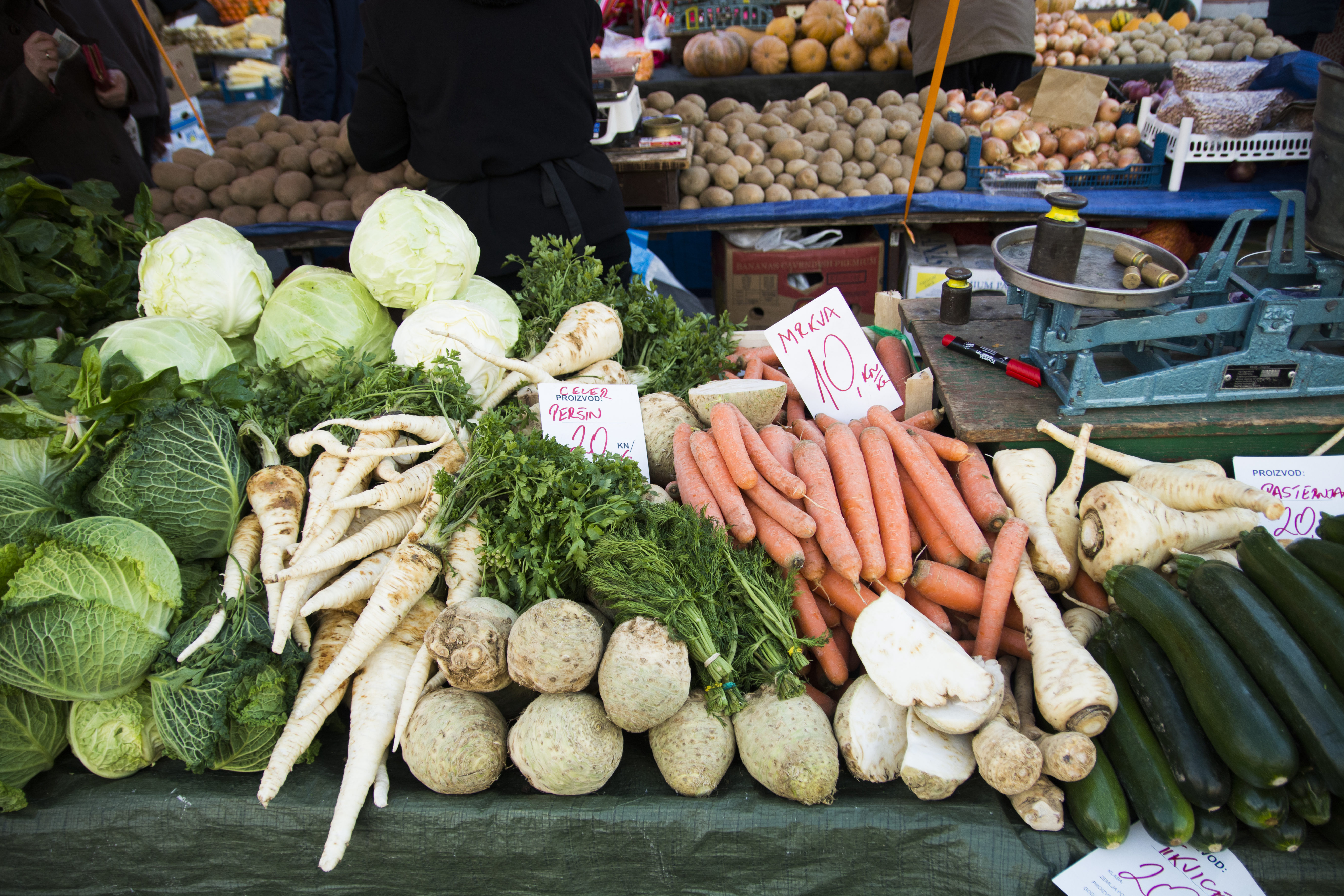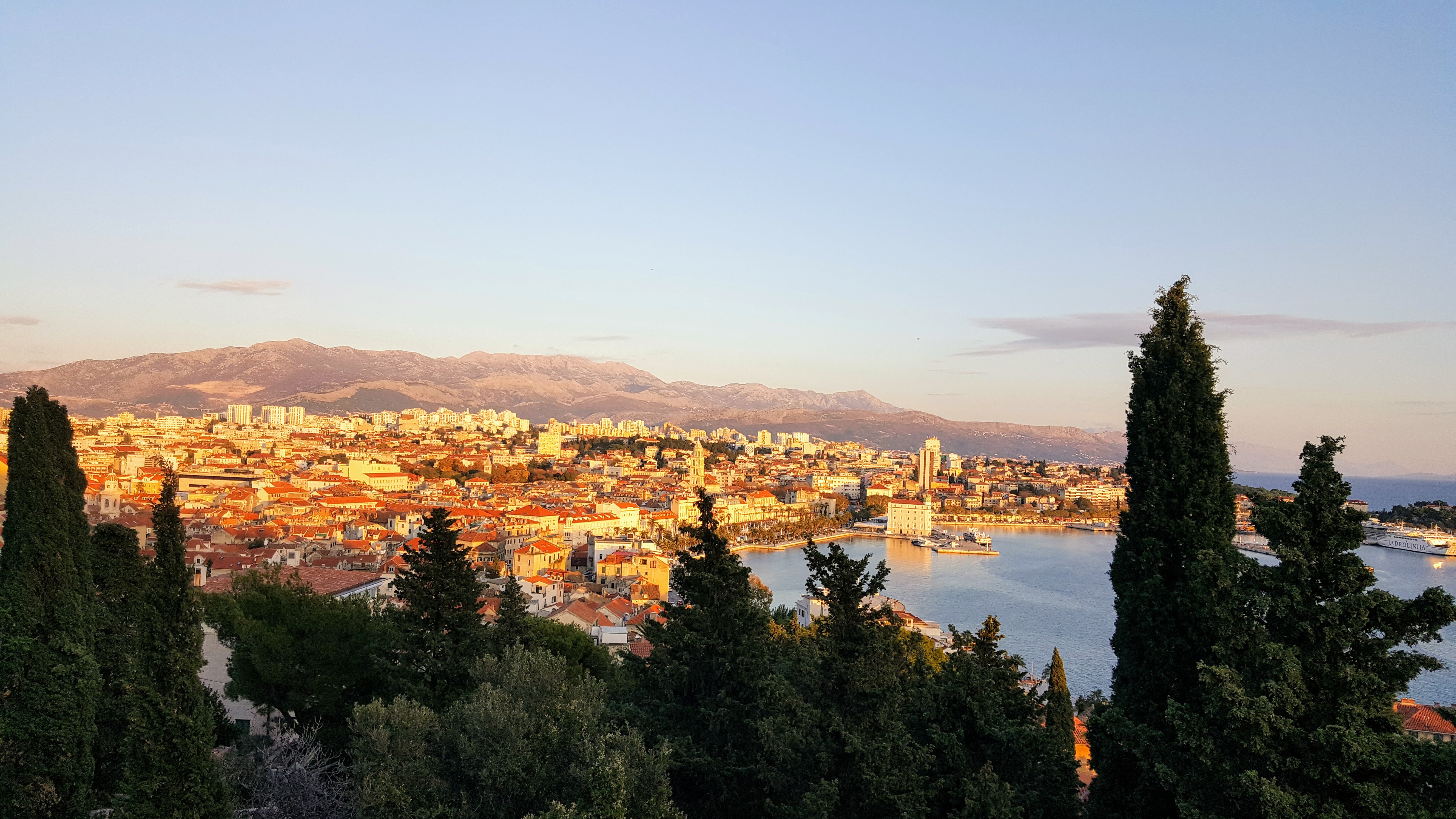A Crash Course in Croatia’s Surprisingly Excellent Wines
Some years ago, Anthony Bourdain visited Croatia to film an episode of his popular eponymous food show. After visiting famed Croatian winemaker Alen Bibić and sampling his extraordinary Bibich wines, he exclaimed, “This is world-class food! This is world class wine! If you haven’t been here yet, you are an idiot!”
You may not have guessed that Croatia has an amazing winemaking history going back millennia. Evidence suggests that the Greeks and Romans cultivated wine in the region. Croatian wine had a boom during the 1860s when phylloxera, or the Great French Wine Blight, nearly wiped out France’s wine industry.
The 20th century, however, wasn’t particularly kind to Croatian winemakers. Wars and politics ravaged the region, and during the Socialist era, winemaking was left to huge kombinats, industrialized wine factories where quantity was rewarded, not quality.
But after the Homeland Wars of the 1990s, Croatian winemaking returned with a vengeance, proving once and for all that the Croats never forgot how to make superb wines. Today, the wines rank among the best in the world—in 2016, an Istrian wine won the Decanter World Wine Award for best red single varietal, and Tomac Amfora, a sparkling Croatian wine, was named the most exciting wine in the world.
A primer on Croatian wine terms
Croatia uses a number of terms to classify its wines. Before sale, wines are assessed in Zagreb on density, alcohol, taste, sight, smell, and a variety of other factors. The system is old and many in the industry would like to see it abolished or updated, but it helps to understand the terms.
- Stolno vino is the word for a table wine, the lowest rating. It does not indicate provenance.
- Kvalitetno vino is a medium-grade “quality” wine.
- Vrhunsko vino is considered an “excellent” wine.
- Ahrivo vino is a rare, excellent wine meant to be aged for a long period of time.
You should also know the words suho (dry), slatko (sweet), and pola slatko (half-sweet). Barrique means the wine is oaked.
Meet the Istrian wines
Istria is in the western edge of Croatia, and the Italian influence is strong in the region’s food and wine. There are two main Istrian grapes, the red Teran and the white Malvazija.
Malvazija Istarska is the most widely grown grape in Istria. These grapes produce wines that are dry and refreshing, spicy, with notes of honey, fennel, quince, apricot. They take very well to oaking. In hotter years, these wines can hit quite high alcohol levels.
It’s important to note that there are a dizzying number of Malvasias grown around the world. In Croatia alone, there is the Istrian Malvazija and the Dalmatian Malvasia Bianca Lunga.
The Teran red wines are barrel-aged, earthy, full-bodied, robust, and chewy, with good tannin formation.
Although Croatia hasn’t fully developed its appellations, the IQ designation, created in 2005, indicates “Istrian Quality” and denotes wines that have met strict quality guidelines.
Notable Istrian producers include Matosevic, Roxanich, Trapan, Kozlovic, Fakin, and Franc Arman.
Plesivica, home of Croatia’s sparkling wines
Just an hour from Zagreb in the Zumberak mountains, there are 2,300 hectares of vineyards responsible for some of the most remarkable sparkling wines in the world. The Plesivica winemaking tradition extends back to the 14th century.
The calcareous soil in this mountain region is strikingly similar to the soil in France’s Champagne region, so perhaps it’s only natural that sparkling wines dominate. The most commonly planted grapes include Riesling, Chardonnay, Pinot Blanc and Gris, Muscat Blanc, and Sauvignon Blanc, although there are many ancient indigenous grapes, as well.
The Tomac family, which has been pioneering new winemaking techniques in the region for over 200 years, is perhaps the best known. The renowned Tomac Amfora is a sparkling white aged in amphora, an Old World style of vinification brought back to life at the Tomac winery.
The Dalmation Coast wines you won’t want to miss
There are several regions within the Dalmatian Coast, including the central islands region (Hvar, Korcula, Brac, Vis, Pag, Solta), the Peljesac peninsula, and the southern coast.
Plavac Mali is the most famous and dominant among the reds, although the thick-skinned, deeply colored Babić is a close second. Plavac Mali was the first grape to have its own appellations (Dingac and Postup), both on the Peljesac Peninsula. Plavac Mali wines tend to be low acidity, with higher tannins, peppery, but lush and fruit-forward, with blackberry, cherry, and spice notes.
Babić wines are especially inky and chewy, designed to be aged long term.
Some of the most interesting reds come from the Dingac and Postup vineyards on the Peljesac Peninsula. Winemakers such as Miloš, Vukas and Križ are creating impressive Plavac Mali wines.
It’s impossible to discuss Dalmatian Coast wines without mentioning the inimitable Posip, perhaps the best known of all Croatian wines. In fact, in a rather stunning blind-tasting upset, Croatian winemaker Mike Grgich won the best wine in the world at the Judgment of Paris in 1976 with a Posip wine.
Posip wines are crisp, citrusy, with hints of vanilla spice and subtle almond notes. Although Posip grapes are native to the island of Korcula, they are now widely grown all along the Dalmatian Coast. Some have compared Posip wines to Hungary’s Furmint
Other notable white grapes include the Malvasija Dubrovacka, sometimes called Malvasia Lupari, which has appeared in Croatian viticulture as far back as the mid 11th century. Grown in the Konavle wine region, Malvasija Dubrovacka is a well-known and esteemed dessert wine. Historical records suggest that it was exported to Venice sometime around 1080 AD, and to Bosnian king Tvrtko I Kotromanić in the late 14th century.
Today, the Konavle wine region supports a thriving agritourism industry, with six regional winemakers producing Malvasija Dubrovacka wines.
Notable Dalmatian Coast winemakers include Bibich, Crvik, Dubokovic, Grgic Vina, Kriz, Milos, Vukas, and Zlatan Otok.
Ready for your Croatian wine tour?
When you travel with Captivating Croatia, you’ll visit hand-selected vineyards and wineries, far and away from the typical tourist traps. We’ve spent years personally researching the best wines in Croatia—not just the widely known wines exported outside the country, but the hidden local gems you’d never find on your own.
If you’re ready to taste some of the most interesting and exciting wines in the world, get in touch today and let’s put some plans in motion. Now’s the perfect time to explore Croatia’s exceptional wine regions.




